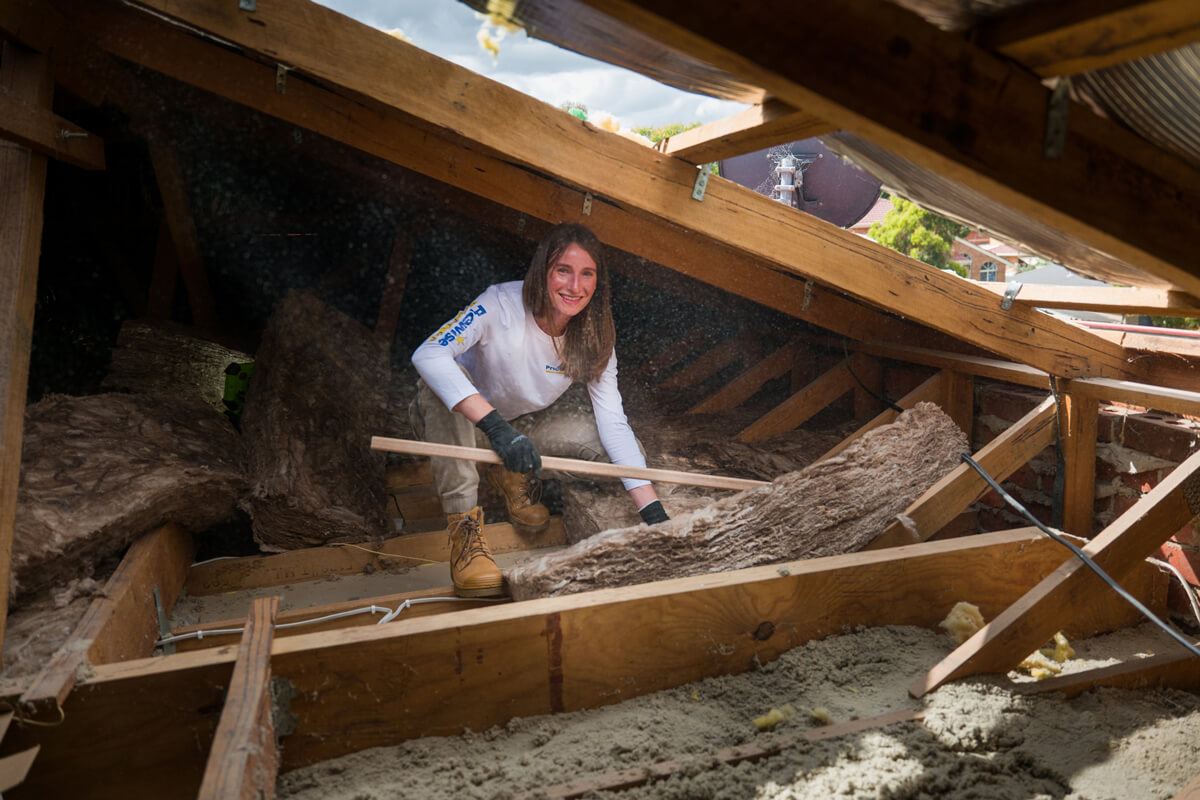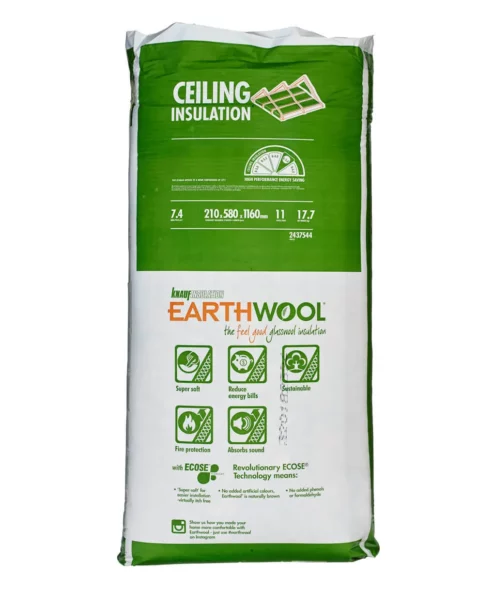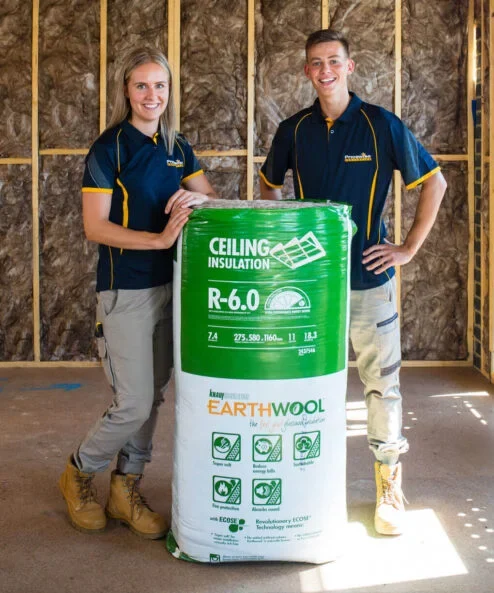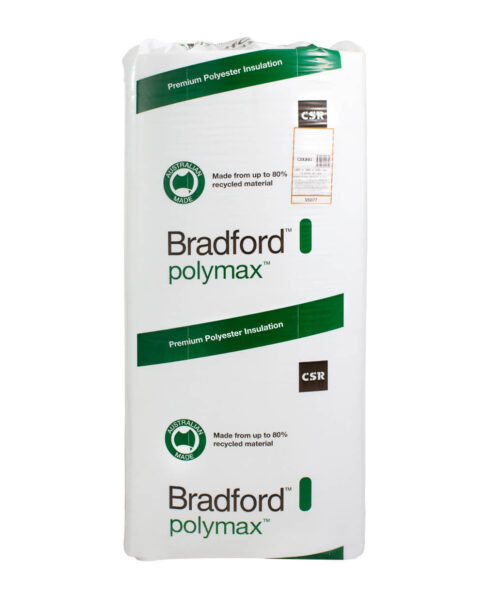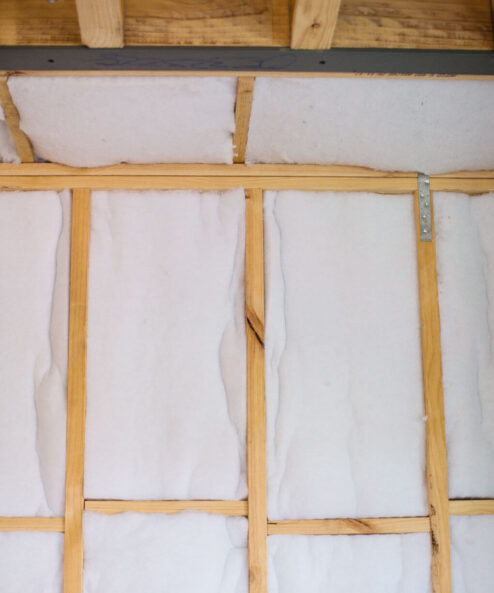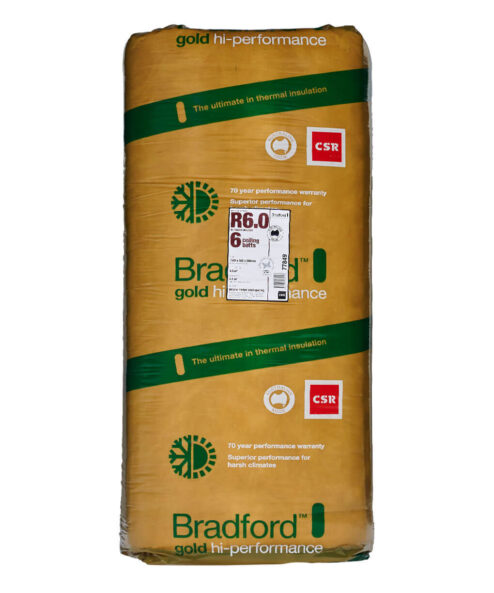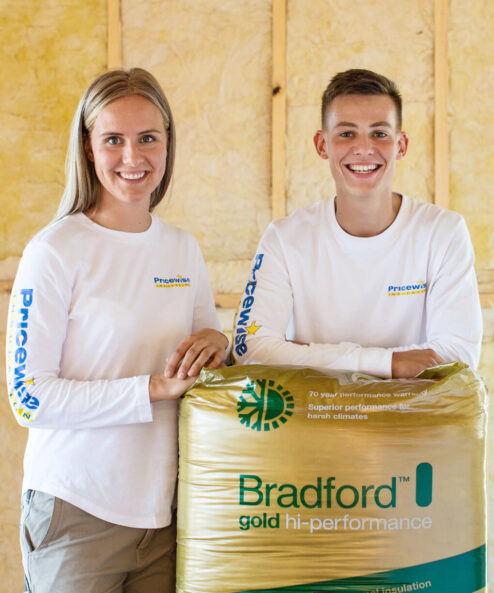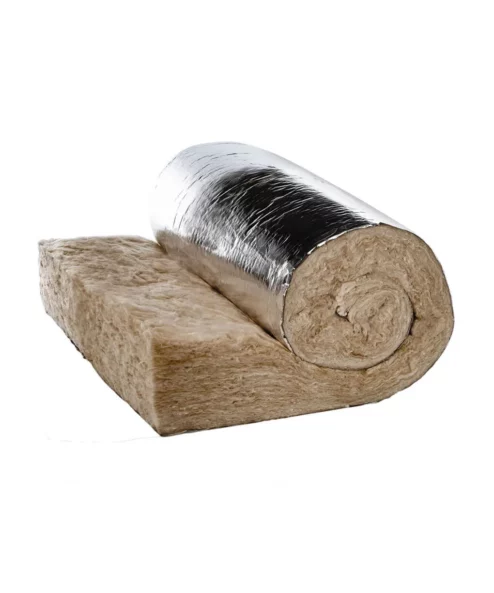Insulation Tips
How to Install Roof Insulation With Pricewise Insulation
More than any other place in your home, it’s critical that the roof is insulated. That’s because the roof is responsible for the most heat loss and gain in a home – as much as 35%.
When a building is being constructed, insulation can be installed simply as part of the building process. But what happens when you want to retrofit roof insulation in a pre-existing building or replace existing insulation in an older home?
In this guide, we look at how to install roof insulation for the best results. We cover DIY tips, types of roof insulation, ideal R-Values and more. If you need specific advice about your project, give the Pricewise Insulation team a call on 1300 729 639.
Can You Retrofit Roof Insulation?
To retrofit insulation means installing insulation in a home after it has been built as opposed to installing during the construction phase in a new home. Roof insulation is fairly simple to install in existing homes provided there is safe access to the roof space.
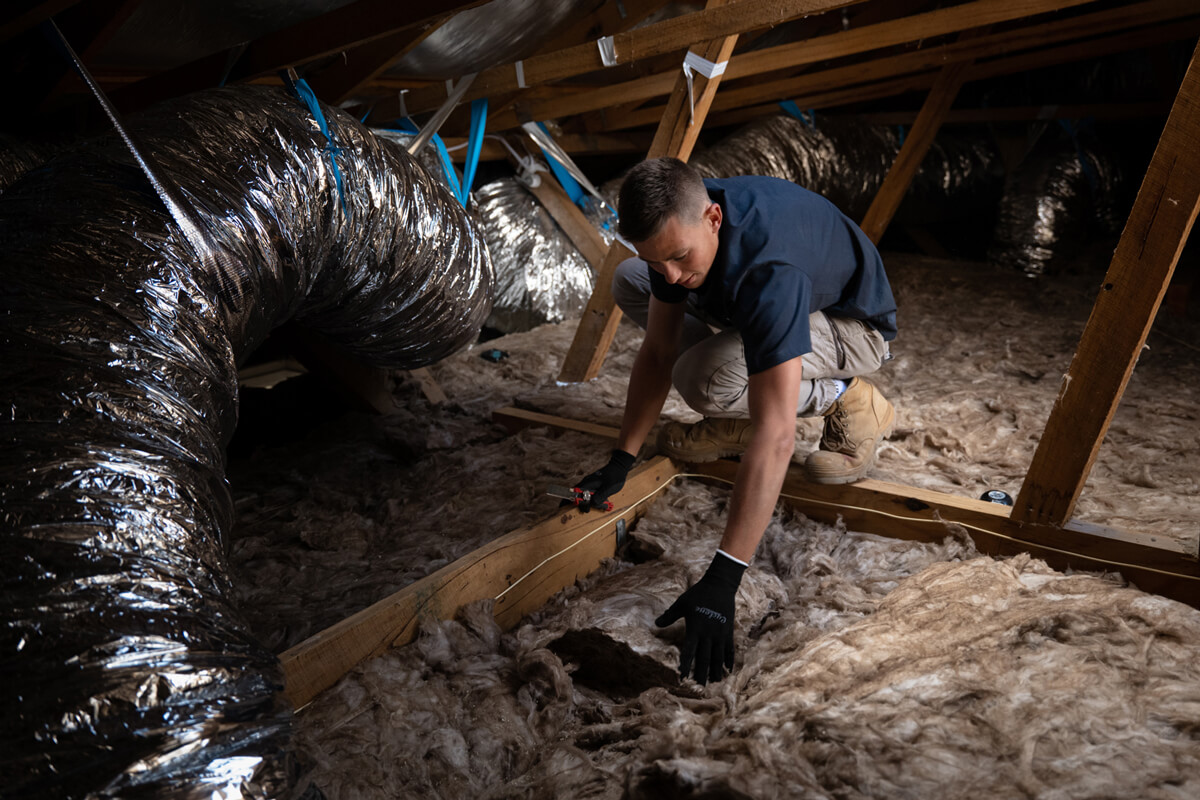
Did you know that insulating your roof can also help weatherproof your home and protect it from moisture issues? Some products can also help protect your home from flying embers in a bushfire. There are so many benefits to installing roof insulation in existing homes.
Roof Vs. Ceiling Insulation
Roof insulation typically refers to insulation installed under the roofing material while ceiling insulation refers to insulation installed above the ceiling. However, since both types of insulation are installed in the roof space, the terms are sometimes used interchangeably.
Check out our beginner’s guide to installing ceiling insulation for information about insulating above your ceiling.
Planning an attic conversion? Your insulation requirements might be different. Check out our guide to installing insulation in your attic for more information.
How to Install Roof Insulation
The steps below explain how to install insulation batts in your roof space. Check out the instructional video below to see the process in action.
Step 1. Gather Your Materials
You’ll need a utility knife, a long, non-conductive stick and a wooden plank to kneel on. We recommend wearing long sleeves, gloves, safety glasses and a dust mask. The roof can be a very dusty environment and some types of insulation may cause irritation to the skin.
Ensure the house power is switched off before you climb into the roof.
Step 2. Load the Insulation Into the Roof
Load your insulation packs into the roof before taking the individual batts out of the packaging. Insulation batts are compress packaged and can expand a lot once taken out of the packaging.
If the manhole into the ceiling is too small to load insulation through, you may be able to access the roof space by taking off a roof sheet or sliding back some tiles.
Step 3. Install the Roof Batts
Start by placing the batts between rafters around the perimeter of the roof. Make sure they cover the top plate of the wall. Use your long stick to help you push the batts into place.
Once the perimeter is finished, begin installing the middle of the roof. Work from the furthest point back towards the manhole or opening in the roof.
Step 4. Manage Gaps Appropriately
Leave appropriate gaps around downlights and fans. Fill any other gaps with cut offs to ensure there are no gaps left as this can compromise the effectiveness of your insulation. If you have any leftover insulation, you can leave it on top of the other batts.
Video: How To Install Roof Insulation
Can I Install Roof Insulation Myself?
If you’re looking to save money on labour costs, it’s possible to install roof insulation as a DIY project. Make sure you have the right equipment and research the best practices before starting. Poor installation jobs can make the insulation less effective.
On the other hand, a professional installation installer can help you get the job done quicker and to the highest standard. They can also advise you about the best products for your type of roof.
Best Practices for When You Retrofit Roof Insulation
When retrofitting roof insulation yourself, make sure you follow the following best practices to ensure you stay safe and get the optimal results from your insulation.
- Use appropriate safety gear, including safety glasses, gloves and dust mask.
- Avoid installing during the hottest part of the day as the roof cavity can become very hot.
- Ensure the power is switched off before you start working in the roof.
- Ensure there are no gaps between ceiling batts.
- Do not compress ceiling batts – this will compromise their performance.
- If there is existing insulation and it is below the top of the rafters, install the batts between the rafters on top of the old insulation. If the old insulation is flush with the top of the rafters, the new insulation can be installed on top of the rafters.
- Leave appropriate clearings around downlights.
How to Install Roof Insulation Under Metal Roofing
Reflective insulation and roof sarking are popular choices for metal roofs because they provide numerous benefits at an affordable price. Sarking is like a second skin for your home, protecting it from weather elements and improving the overall R-Value of your roof space.
Reflective insulation usually requires an air gap of 25mm or more under the reflective side to allow for effective moisture control. In most climates, the reflective side should face down. In tropical climates, the reflective side sometimes faces outwards to help with moisture control.
Keep in mind, sarking or reflective insulation is not enough on its own to insulate your roof. To achieve appropriate R-Value levels, these products should be combined with batt insulation between the ceiling joists.
How to Install Roof Sarking
Roof sarking is installed under the roofing material. It’s typically rolled out horizontally and installed parallel to your home’s eaves. It can be affixed under or on top the battens, depending on your local climate and roof type.
If you install sarking vertically instead, it’s recommended that you tape the overlap between sarking rolls to avoid water getting into your roof cavity. In some cases, sarking is purposely sagged between battens to avoid contact with the roofing sheet.
To ensure the best results, it’s highly recommended you consult a professional before attempting to insulate your roof. Speak to your installer or give the experts at Pricewise Insulation a call on 1300 729 639.
Are you now trying to work out the logistics of how to get the time and expertise together to insulate your roof? It can be tricky if you’re short on time or are not physically able to do the installation yourself, we have a great solution for you. EcoHome is a super reliable company that specialises in installing insulation efficiently and efficiently. If you want their friendly team to help you and do the hard work, send them an email at sales@ecohome.com.au.
Replacing Vs Topping Up Old Insulation
A lot of people want to know if you can add new insulation to existing insulation in their roof.
In some cases it is possible to top up existing insulation with new insulation. Although old insulation will have a lower R Value than when it was first installed, it often still has some insulating power left and may help increase the total R Value when combined with new insulation.
If the existing insulation in your house is damaged, mouldy or rodent-infested, you should get it removed completely before installing new ceiling batts. Similarly, if your ceiling has suffered damage from a storm or plumbing leaks, these should be completely fixed before installing new ceiling batts.
Video: What to Check Before Buying Roof Insulation
Choosing the Right Roof Insulation Products
The best roof insulation for your home will depend on a number of factors including your geographical location, budget and personal preferences.
The most popular retrofit roof insulation products include:
1. Bulk Insulation (Batts and Rolls)
Bulk insulation, such as batts and rolls, contain millions of tiny air pockets which help slow down the transfer of heat. You can install these beneath the roofing material, between the ceiling joists or both.
2. Reflective Foil Insulation or Roof Sarking
With a thin layer of reflective foil, this insulation product is installed in the roof to help reflect radiant heat from the sun away from your home. It’s particularly effective for homes that receive a lot of heat in summer.
Please note – Foil insulation is not suitable as an insulation product on its own, it does a slightly different job to standard insulation batts. For the best results, both foil (or roof sarking) and insulation batts of choice should be used.
3. Combined Reflective Bulk Insulation
Some insulation products combine foil insulation with bulk insulation for a 2 in 1 product. Foil faced roofing blankets provide both thermal and acoustic benefits and are often used under metal roofing.
Choosing the Right R Value and Saving on Energy Bills
Whatever insulation products or brands you choose, make sure you get the right R-Value based on your location and climate zone.
In Australia, every insulation product is given an R-Value which indicates how effective it is at preventing heat loss and gain. The higher the R-Value, the greater the thermal performance of the product which means less heat loss during winter and less heat gain during summer.
For roof insulation in Australian homes, we recommend a minimum R Value of R4.0. However, if you live in a cooler location such as Melbourne, Sydney or Adelaide, we recommend upgrading to R5.0 or R6.0.
Upgrading to the highest R Value that you can afford will lead to greater energy efficiency and more savings on your power bill year round.
Buy Roof Insulation for Your Project
If you’re looking for quality and affordable retrofit roof insulation products, Pricewise Insulation has a wide range of options which perform well in Australian climates all year round.
If you live in the Sydney or Melbourne regions, our insulation installers can help you get the job done effectively.
Place an order online today or call us on 1300 729 639 to speak with one of our insulation specialists about your project.



